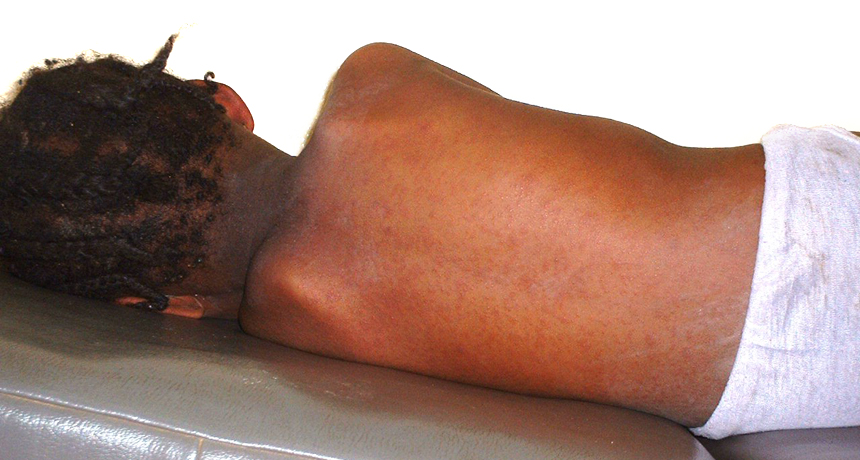Possible measles drug tests well in animals
Compound saves ferrets from related virus by blocking key enzyme

UNNECESSARY SUFFERING Despite the availability of a potent vaccine, measles continues to cause outbreaks around the world due to its high transmissibility, spotty vaccine coverage in some poor countries and vaccine avoidance in wealthy ones. The infection has no effective treatment, so researchers are working to develop antivirals.
Mike Blyth/Wikimedia Commons
There’s no treatment for measles, but an experimental compound might do the trick by bogging down a key viral enzyme, a study of ferrets finds.